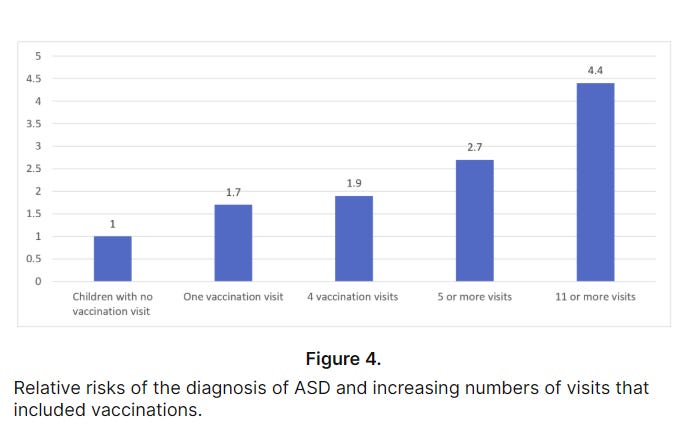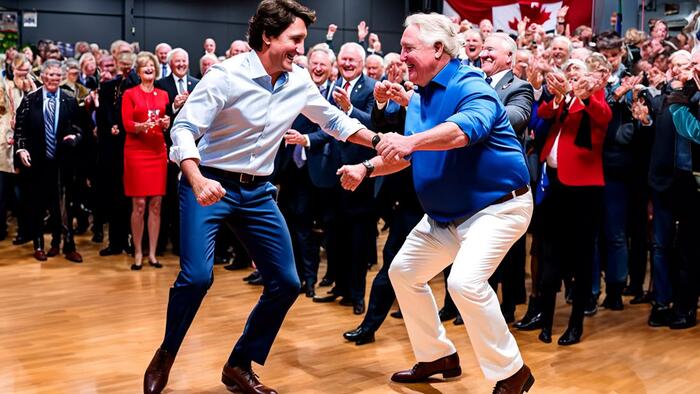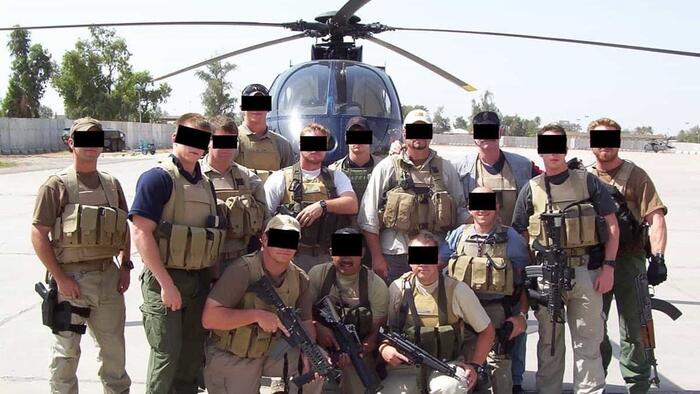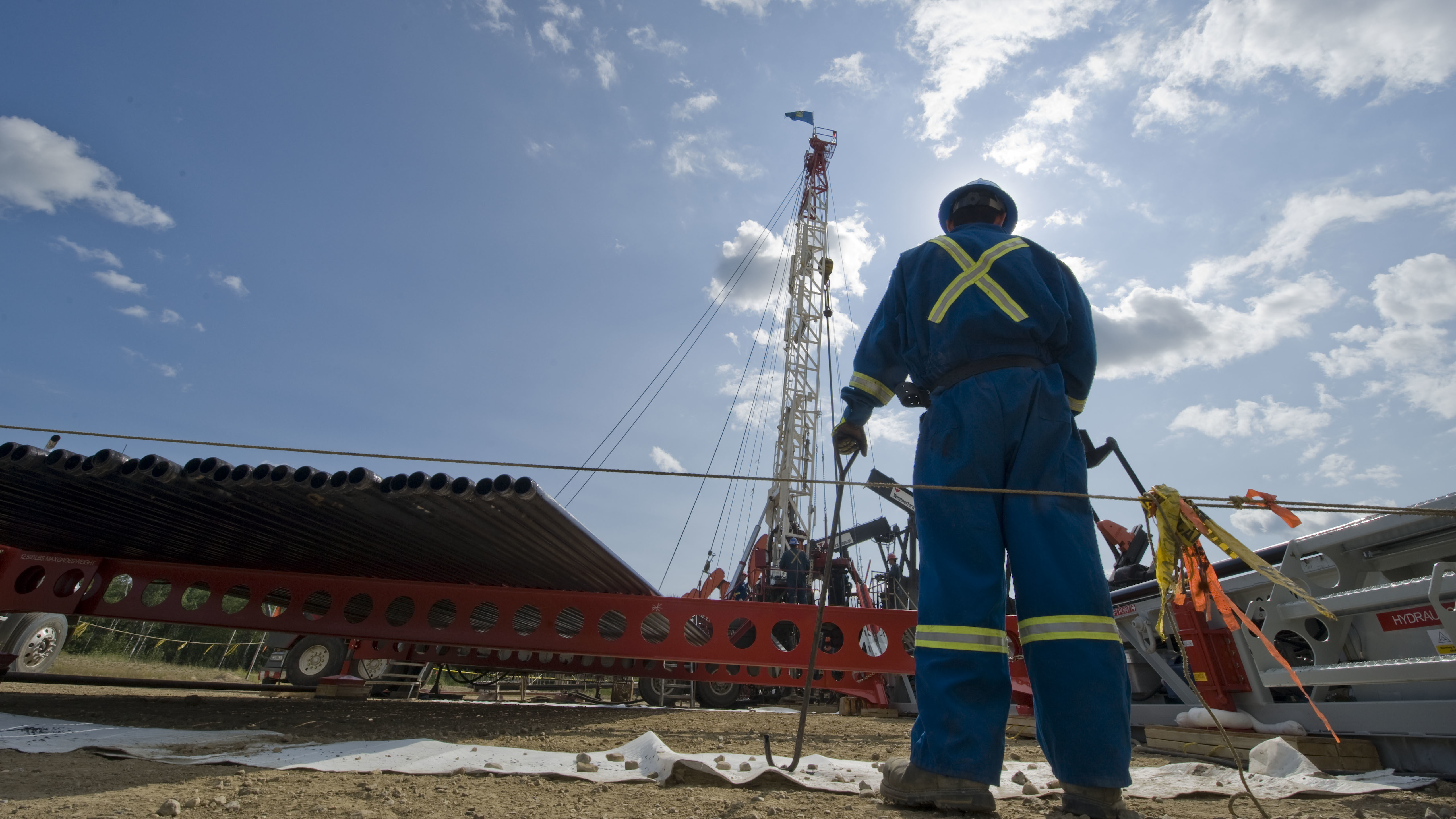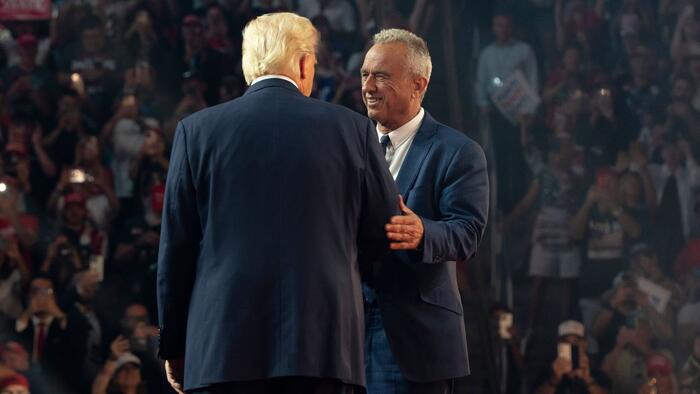READ THIS THEN EXPLAIN TO ME WHY YOU ARE VOTING LIBERAL …
Liberal Government Record 2015-2025
1. LOST ECONOMIC DECADE
• Ten years of budget deficits, plus every budget target missed
• Debt doubled from $612 billion to $1,230,000,000,000 (trillion)
• $54,000,000,000 (billion) of annual debt interest. That is $1928 per tax filer in Canada. And 125% of military spending
• Ten years of slowing GDP growth
• Labour productivity growth rate decline, near record low of 0.8% and worst in G7 countries
• Historic cost of living, inflation and housing
2. ENERGY & MINING DOMINANCE SQUANDERED
• Bill C-69 Impact Assessment Act throttled new oil, gas and mining projects
• 35% emissions cap on our largest revenue producer
• Rejected international demand for our LNG – which would have diversified us from the United States, increased revenues and been a blow to Russian aggression
• Ignored opportunity to replace the developing world’s coal fired energy with our clean LNG and responsibly generated oil
• Mining projects in critical minerals and rare earths have been at a near standstill, taking average 6-18 years to begin
3. TRADE OPPORTUNITIES WASTED
• Inherited two international agreements to diversify trade beyond the United States - CETA (Europe) and CPTPP (Asia Pacific) - yet barely leveraged their potential
• Willfully blew up trading and diplomatic relations with India, the world’s fifth largest economy
5. MILITARY AND FOREIGN POLICY DISARRAY
• If anyone can explain the past ten years of Canada’s foreign policy, please do so
• Yet our government gave $76,000,000,000 (billion) in foreign aid over ten years
• Cancelled the F-35 jet purchases in 2013 only to buy the same in 2023 at nearly double the price and $70,000,000,000 (billion) lifecycle cost
• Ignored the Nanisivik Naval refueling and docking station project on Baffin Island begun during Harper era as an underpinning of our northern border security
• Disregarded border security and domestic safety. By every measure Canada is more at risk than ever
6. SOVEREIGNTY THREATENED
• Delayed four years after allies before banning China’s state-controlled Huawei from our 5G networks
• The Hogue Inquiry and NSICOP uncovered gross incompetence and poor governance in handling China’s blatant interference in our elections and domestic affairs
• Chinese interference continues per SITE Task Force, including in the current election
7. NET ZERO HYPER FOCUS & FAILURE
• Despite punishing carbon taxes Canada’s emissions increased and missed every target, while GDP and productivity tanked as we pursued net zero projects
• Carney’s new carbon tax plan will increase costs for industries and further reduce productivity while increasing prices. His border adjustment mechanism is a tariff that will further complicate US trading
• Hyper focus on carbon has detracted from a holistic biodiversity plan involving clean water, air and soil
• 2035 EV mandate continues despite demand cratering, electricity infrastructure fragile, charging infrastructure lagging, mineral production for batteries not locked, car manufacturers struggling, and massively subsidized foreign EV battery plants delaying or pulling out of Canada
8. HISTORY DENIGRATION
• Canada was charged as culturally genocidal at the United Nations, encouraged by our federal government
• Churches were burned and statues toppled including of our founding Prime Minister Sir John A. Macdonald and Queen Elizabeth. History was revised including names erased from history. All while our government fanned the flames
• Flags flown at half mast for 6 months in deference to still unproven claims of mass graves and evil doing
• National pride and unity is at an all time low in our 158 year history - by every poll and measure
9. CRIME SPIKED WHILE CIVIL FREEDOMS ABUSED
• Crime rates at historic highs due to Bill C-75 (Catch & Release) and drug crisis
• Drug deaths of nearly 50,000 since 2016 - at a rate of 22 per day
• Forced Covid lockdowns and vaccines including on children
• Emergency Measures Act implemented, civil liberties suspended, bank accounts frozen, criminal prosecutions ongoing - for localized policing matters
• Shut down our democracy through Prorogue to serve partisan purposes
10. DEI VERSUS MERITOCRACY
• Every level of federal government hiring and management has been impregnated with Diversity, Equity and Inclusion policies
• Policies and tone have destroyed meritocracy, stoked identity politics and created gender division
• Businesses, academia, professional associations and citizens have been pressured into submission for fear of cancellation and public shaming
READ THIS THEN EXPLAIN TO ME WHY YOU ARE VOTING LIBERAL …
Liberal Government Record 2015-2025
1. LOST ECONOMIC DECADE
• Ten years of budget deficits, plus every budget target missed
• Debt doubled from $612 billion to $1,230,000,000,000 (trillion)
• $54,000,000,000 (billion) of annual debt interest. That is $1928 per tax filer in Canada. And 125% of military spending
• Ten years of slowing GDP growth
• Labour productivity growth rate decline, near record low of 0.8% and worst in G7 countries
• Historic cost of living, inflation and housing
2. ENERGY & MINING DOMINANCE SQUANDERED
• Bill C-69 Impact Assessment Act throttled new oil, gas and mining projects
• 35% emissions cap on our largest revenue producer
• Rejected international demand for our LNG – which would have diversified us from the United States, increased revenues and been a blow to Russian aggression
• Ignored opportunity to replace the developing world’s coal fired energy with our clean LNG and responsibly generated oil
• Mining projects in critical minerals and rare earths have been at a near standstill, taking average 6-18 years to begin
3. TRADE OPPORTUNITIES WASTED
• Inherited two international agreements to diversify trade beyond the United States - CETA (Europe) and CPTPP (Asia Pacific) - yet barely leveraged their potential
• Willfully blew up trading and diplomatic relations with India, the world’s fifth largest economy
5. MILITARY AND FOREIGN POLICY DISARRAY
• If anyone can explain the past ten years of Canada’s foreign policy, please do so
• Yet our government gave $76,000,000,000 (billion) in foreign aid over ten years
• Cancelled the F-35 jet purchases in 2013 only to buy the same in 2023 at nearly double the price and $70,000,000,000 (billion) lifecycle cost
• Ignored the Nanisivik Naval refueling and docking station project on Baffin Island begun during Harper era as an underpinning of our northern border security
• Disregarded border security and domestic safety. By every measure Canada is more at risk than ever
6. SOVEREIGNTY THREATENED
• Delayed four years after allies before banning China’s state-controlled Huawei from our 5G networks
• The Hogue Inquiry and NSICOP uncovered gross incompetence and poor governance in handling China’s blatant interference in our elections and domestic affairs
• Chinese interference continues per SITE Task Force, including in the current election
7. NET ZERO HYPER FOCUS & FAILURE
• Despite punishing carbon taxes Canada’s emissions increased and missed every target, while GDP and productivity tanked as we pursued net zero projects
• Carney’s new carbon tax plan will increase costs for industries and further reduce productivity while increasing prices. His border adjustment mechanism is a tariff that will further complicate US trading
• Hyper focus on carbon has detracted from a holistic biodiversity plan involving clean water, air and soil
• 2035 EV mandate continues despite demand cratering, electricity infrastructure fragile, charging infrastructure lagging, mineral production for batteries not locked, car manufacturers struggling, and massively subsidized foreign EV battery plants delaying or pulling out of Canada
8. HISTORY DENIGRATION
• Canada was charged as culturally genocidal at the United Nations, encouraged by our federal government
• Churches were burned and statues toppled including of our founding Prime Minister Sir John A. Macdonald and Queen Elizabeth. History was revised including names erased from history. All while our government fanned the flames
• Flags flown at half mast for 6 months in deference to still unproven claims of mass graves and evil doing
• National pride and unity is at an all time low in our 158 year history - by every poll and measure
9. CRIME SPIKED WHILE CIVIL FREEDOMS ABUSED
• Crime rates at historic highs due to Bill C-75 (Catch & Release) and drug crisis
• Drug deaths of nearly 50,000 since 2016 - at a rate of 22 per day
• Forced Covid lockdowns and vaccines including on children
• Emergency Measures Act implemented, civil liberties suspended, bank accounts frozen, criminal prosecutions ongoing - for localized policing matters
• Shut down our democracy through Prorogue to serve partisan purposes
10. DEI VERSUS MERITOCRACY
• Every level of federal government hiring and management has been impregnated with Diversity, Equity and Inclusion policies
• Policies and tone have destroyed meritocracy, stoked identity politics and created gender division
• Businesses, academia, professional associations and citizens have been pressured into submission for fear of cancellation and public shaming






